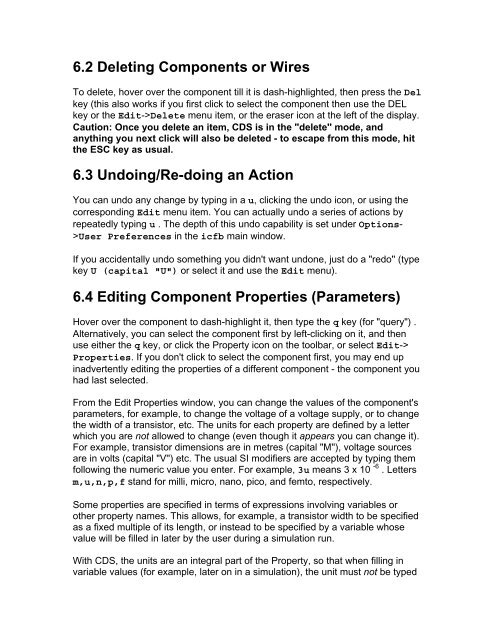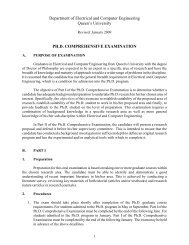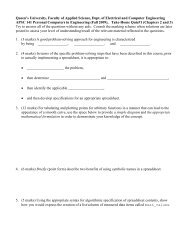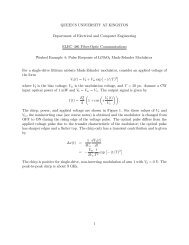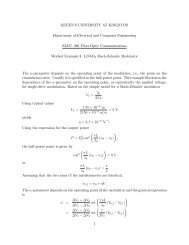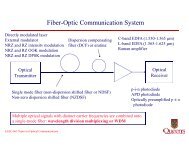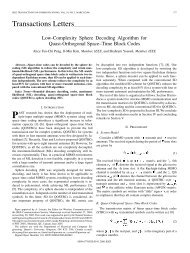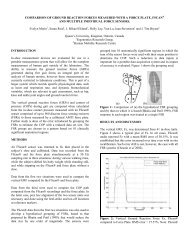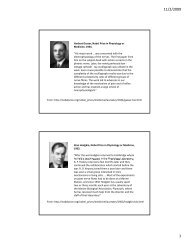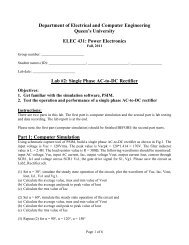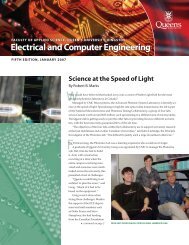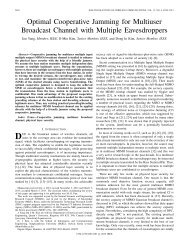Using Virtuoso Schematic Editor
Using Virtuoso Schematic Editor
Using Virtuoso Schematic Editor
Create successful ePaper yourself
Turn your PDF publications into a flip-book with our unique Google optimized e-Paper software.
6.2 Deleting Components or WiresTo delete, hover over the component till it is dash-highlighted, then press the Delkey (this also works if you first click to select the component then use the DELkey or the Edit->Delete menu item, or the eraser icon at the left of the display.Caution: Once you delete an item, CDS is in the "delete'' mode, andanything you next click will also be deleted - to escape from this mode, hitthe ESC key as usual.6.3 Undoing/Re-doing an ActionYou can undo any change by typing in a u, clicking the undo icon, or using thecorresponding Edit menu item. You can actually undo a series of actions byrepeatedly typing u . The depth of this undo capability is set under Options->User Preferences in the icfb main window.If you accidentally undo something you didn't want undone, just do a "redo'' (typekey U (capital "U") or select it and use the Edit menu).6.4 Editing Component Properties (Parameters)Hover over the component to dash-highlight it, then type the q key (for "query") .Alternatively, you can select the component first by left-clicking on it, and thenuse either the q key, or click the Property icon on the toolbar, or select Edit->Properties. If you don't click to select the component first, you may end upinadvertently editing the properties of a different component - the component youhad last selected.From the Edit Properties window, you can change the values of the component'sparameters, for example, to change the voltage of a voltage supply, or to changethe width of a transistor, etc. The units for each property are defined by a letterwhich you are not allowed to change (even though it appears you can change it).For example, transistor dimensions are in metres (capital "M''), voltage sourcesare in volts (capital "V'') etc. The usual SI modifiers are accepted by typing themfollowing the numeric value you enter. For example, 3u means 3 x 10 -6 . Lettersm,u,n,p,f stand for milli, micro, nano, pico, and femto, respectively.Some properties are specified in terms of expressions involving variables orother property names. This allows, for example, a transistor width to be specifiedas a fixed multiple of its length, or instead to be specified by a variable whosevalue will be filled in later by the user during a simulation run.With CDS, the units are an integral part of the Property, so that when filling invariable values (for example, later on in a simulation), the unit must not be typed


